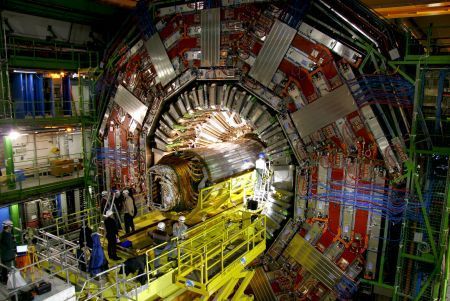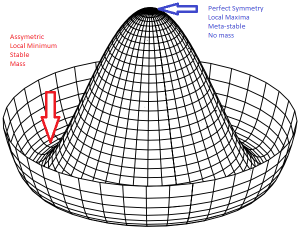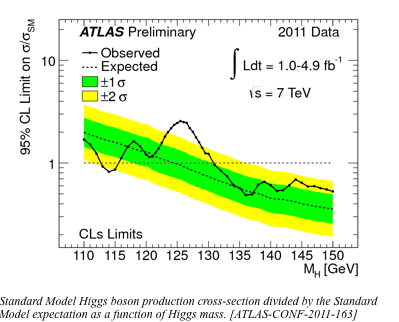What do you think?
Rate this book


320 pages, Hardcover
First published November 1, 2012









i: W+ and W- bosons --> muons/electrons and neutrinos or antimuons/positrons and antineutrinos.Sigmas are numeric intervals indicating deviations from the statistical mean, usually as a bell curve of probability as based upon the null hypothesis [the expected results]. Sigma of 3+, and preferably of 5 sigma, are demanded for a discovery of the Higgs Boson from a very wide spread of data.
ii: 2 Z bosons --> electron/muon or positron/antimuon.
iii: 2 charged particles --> photons.



It’s not a coincidence. Even though our quest to understand how nature works often leads to practical applications, that’s rarely what gets people interested in the first place. Passion for science derives from an aesthetic sensibility, not a practical one. We discover something new about the world, and that lets us better appreciate its beauty.